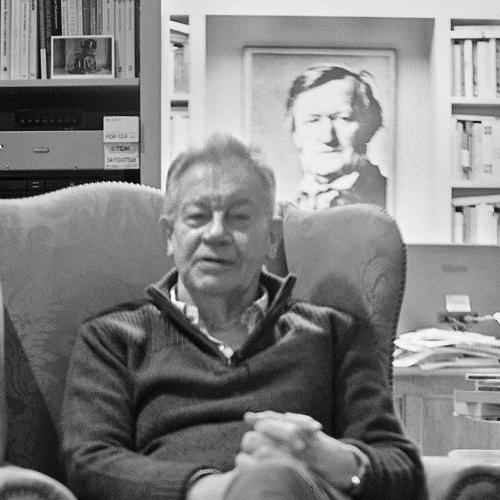COMPOSERS: Bruckner
LABELS: Challenge Classics
ALBUM TITLE: Bruckner: Study Symphony in F minor
WORKS: Symphony No. 1
PERFORMER: Netherlands Radio Philharmonic Orchestra/Jaap van Zweden
CATALOGUE NO: CC 72556 (hybrid CD/SACD)
At last, after eight years, Jaap van Zweden’s Bruckner symphony cycle draws to a close. Unless, that is, he unwisely records No. 0. Like all cycles, it has had ups and downs, but overall it has been as fine as anyone conducting Bruckner at present would be. He sensibly conducts the first, ‘Linz’ version of 1865-66. Despite it having been a success, even though Bruckner was conducting it, he inexplicably revised in 1865-66 as the ‘Vienna’ version. Van Zweden makes out as strong a case for it as anyone, though that isn’t saying a great deal. But it’s an interesting work, because it has all Bruckner’s fingerprints without any of the actual material that makes him so great.
The first movement begins with a gently pounding figure on the lower strings, violins soon enter with the hint of a theme, excitement rapidly grows, with tearing violins, and we’re away, in sight of the first big brass theme. The brass on this recording is sometimes recessive, even inaudible (and why were movements one, two and four recorded in June 2012, and the third movement a year later?). It’s the same with all the movements, their composer is instantly recognisable but they have no melodic distinction, with the exception of the third, the scherzo. That rushes ferociously along, and relief comes in the form of a slower, very beautiful trio, which by itself makes the Symphony worth listening to. Since the finale is relatively short, Bruckner doesn’t get into his usual difficulties, but there are the trademark pauses followed by the music moving off in a quite different direction. Michael Tanner
